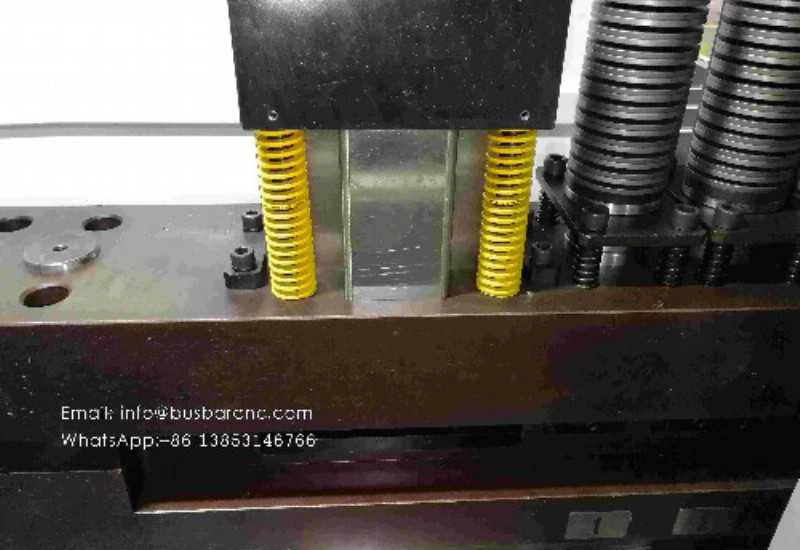Busbar bending radius is an important consideration when it comes to copper busbars. The bending radius of a busbar refers to the minimum radius that the busbar can be bent without causing damage to its structure or performance. In this article, we will discuss some key considerations for copper busbars when it comes to bending radius.
1. Understanding the Importance of Bending Radius

The first thing to understand about busbar bending radius is its importance. When a busbar is bent, it undergoes both tensile and compressive stress. If the bending radius is too small, the stress on the busbar will increase, leading to the possibility of cracks or fractures. This can cause serious damage to the busbar and even lead to failure of the entire system.
2. Factors Affecting Bending Radius
There are several factors that can affect the bending radius of a busbar. These include the thickness and width of the busbar, the material properties of the busbar, and the type of bending process being used. It is important to take all of these factors into account when determining the appropriate bending radius for a given busbar.
3. Calculating the Bending Radius
Calculating the bending radius for a busbar involves a combination of theoretical analysis and practical experimentation. There are several formulas that can be used to calculate the minimum bending radius for a given busbar, but these formulas are often only approximate and may need to be adjusted based on the specific properties of the busbar being used.
4. Choosing the Right Bending Process
Choosing the right bending process is also critical when it comes to busbar bending radius. There are several different types of bending processes that can be used, including press bending, rotary bending, and CNC bending. Each of these processes has its own advantages and disadvantages, and the choice of process will depend on factors such as the size and complexity of the busbar, as well as the required precision and accuracy of the bending.
5. Ensuring Quality Control
Finally, it is important to ensure quality control throughout the entire busbar bending process. This includes monitoring the bending radius during the bending process itself, as well as conducting post-bending ehrt busbar machine inspections to ensure that the busbar has not been damaged or compromised in any way. By maintaining strict quality control standards, it is possible to minimize the risk of busbar failure and ensure the long-term reliability and performance of the system.
In conclusion, busbar bending radius is a critical consideration when it comes to copper busbars. By understanding the importance of bending radius, taking into account the various factors that can affect it, calculating the appropriate bending radius, choosing the right bending process, and ensuring strict quality control throughout the entire process, it is possible to produce high-quality, reliable busbars that meet the needs of even the most demanding applications.
